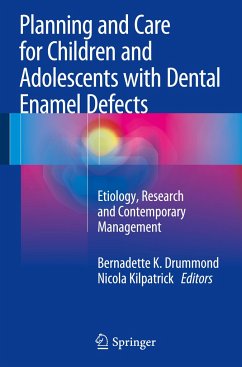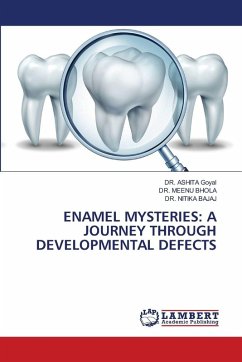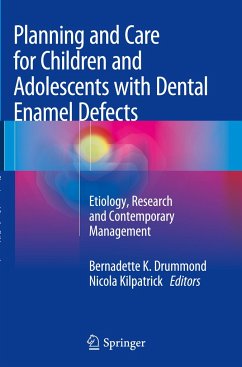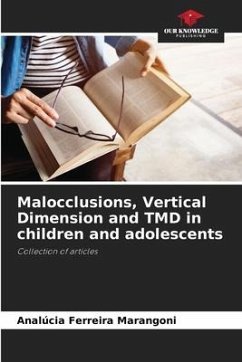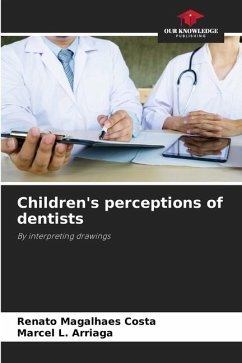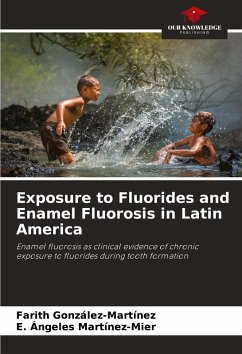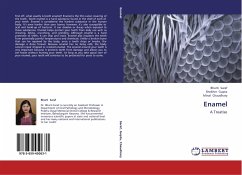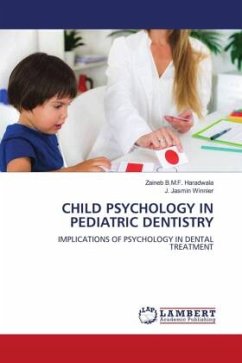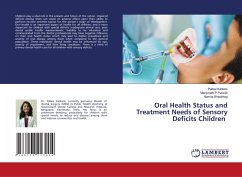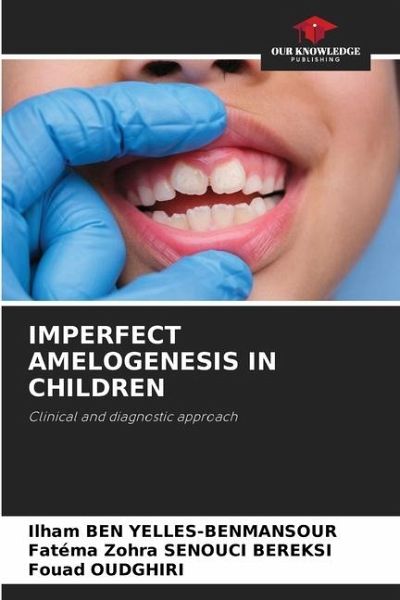
IMPERFECT AMELOGENESIS IN CHILDREN
Clinical and diagnostic approach
Versandkostenfrei!
Versandfertig in 6-10 Tagen
29,99 €
inkl. MwSt.

PAYBACK Punkte
15 °P sammeln!
Enamel anomalies affect the structure of dental tissues. Whether genetically conditioned or acquired, they remain rare diseases. These enamel anomalies exist as isolated entities, or are associated with the clinical picture as part of syndromes; these affections are correlated with the stage of development and biological processes underlying odontogenesis since the embryological origin of dental cells, Amelogenesis imperfecta is a rare hereditary genetic pathology, generally affecting the enamel of both temporary and permanent dentitions, . It affects the structure of the enamel, and these alt...
Enamel anomalies affect the structure of dental tissues. Whether genetically conditioned or acquired, they remain rare diseases. These enamel anomalies exist as isolated entities, or are associated with the clinical picture as part of syndromes; these affections are correlated with the stage of development and biological processes underlying odontogenesis since the embryological origin of dental cells, Amelogenesis imperfecta is a rare hereditary genetic pathology, generally affecting the enamel of both temporary and permanent dentitions, . It affects the structure of the enamel, and these alterations may be either limited to the teeth, and thus called non-syndromic, or associated with anomalies of other systems, and thus called syndromic. Tooth shape and volume are affected, characterized by brittle enamel and normal dentine structure. Today, due to its highly heterogeneous nature (extremely variable macroscopic appearance), this pathology poses many diagnostic and management problems for many practitioners.





